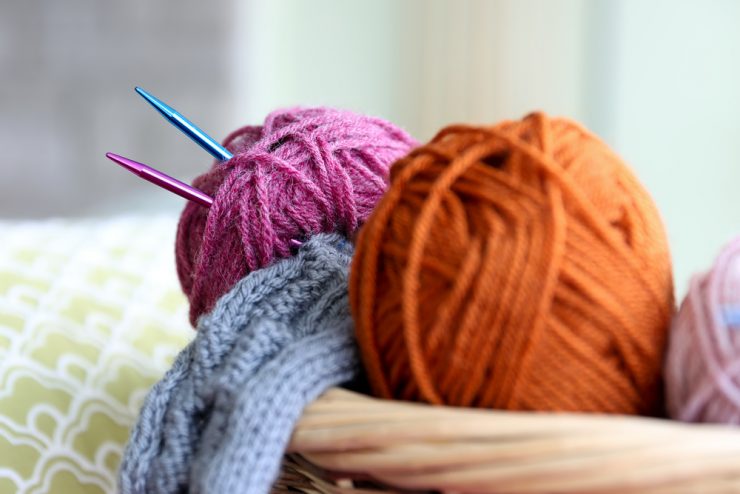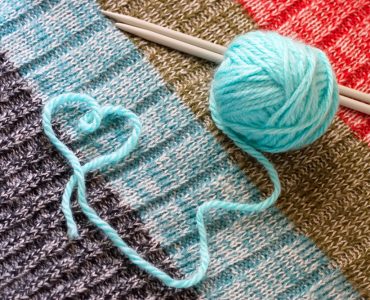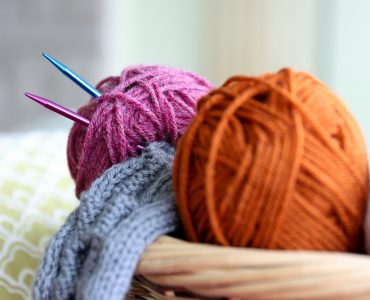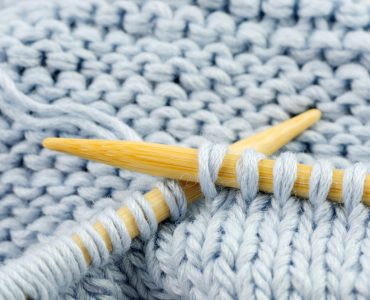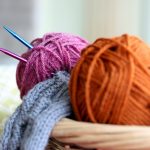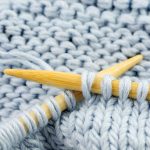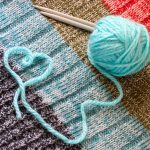Knitting is a technique by which a yarn is turned into clothing by pulling loops or stitches through each other. It may be done using a machine or by hand alone by employing different methods and styles. Different end products can be achieved by utilising various yarns and knitting needles of various thickness and sharpness.
Like weaving, knitting produces a two-dimensional fabric out of a one-dimensional yarn. While weaving always follows a straight running parallel, either crosswise or lengthwise, a meandering path called a ‘course’ is followed by the yarn in knitted fabrics, which forms symmetric loops called stitches symmetrically on top and below the yarn’s path. These loops may be easily stretched in various directions, providing more elasticity. The loops of a knitted course will come undone as their yarn is pulled — if they are not secured. At least one new loop should be passed through, to secure a stitch and avoid unravelling or ripping the yarn out. Although the new loop itself is unsecured or active, it provides security for the stitches suspended from it. A series of stitches in which each stitch is suspended from the next is known as a ‘wale’. A technique for casting on is used in securing initial stitches, while a method of binding off is utilised in securing the final stitches in a wale. The active stitches are mechanically secured during knitting, either from a knitting needle or from individual hooks.
Knitting was initially designed for garments that require elasticity such as socks and stockings. Knitted apparel can be stretched up to 500%, depending on the knitting pattern and yarn.


